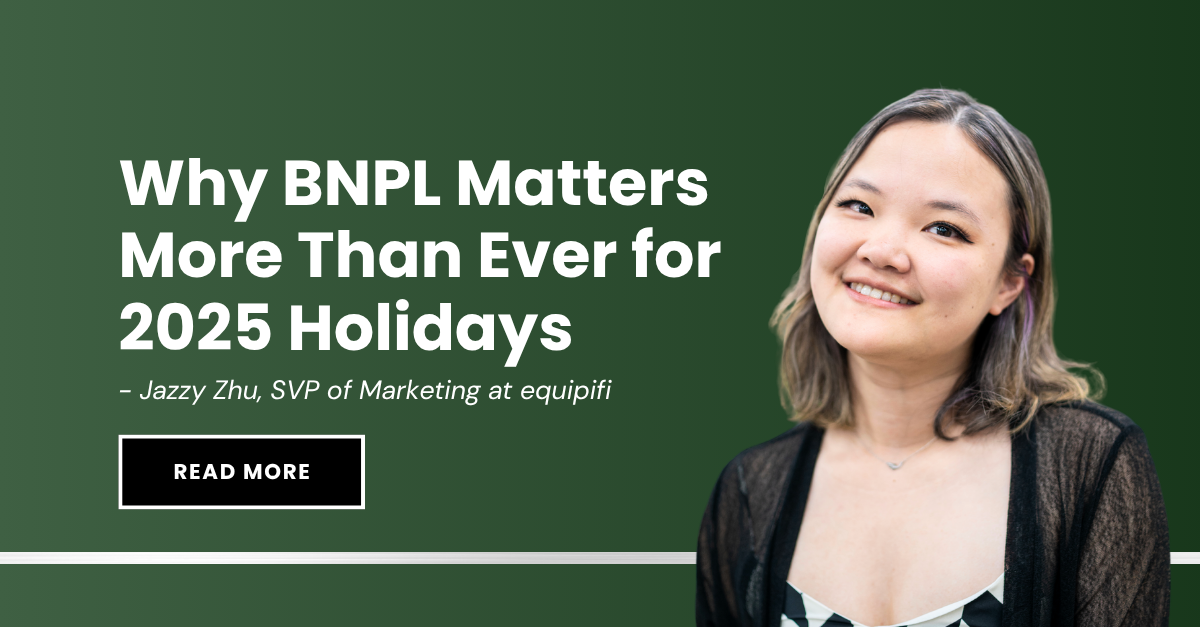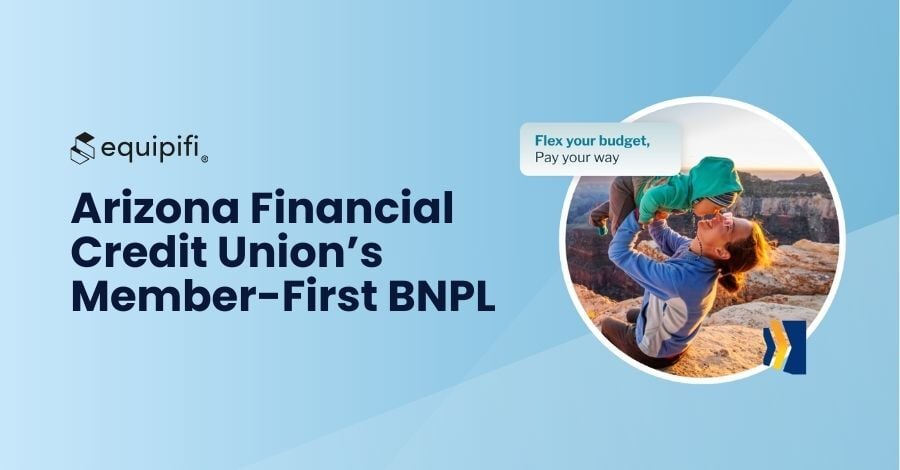In recent years, consumers have preferred shopping online and are doing so more frequently. With prices on the rise, more shoppers have turned to Buy Now, Pay Later (BNPL) for both essential and non-essential purchases - due to its ability to break down single purchases into smaller payments. In fact, 60 percent of online shoppers have used BNPL since the pandemic.
But with shopping events come large purchases, and with holiday shopping now over, many consumers could soon be feeling the stress of their BNPL payments from offers they accepted across providers. So how can you tell if your cardholders are experiencing BNPL stress? What can you do to help?
What is BNPL stress and how does it impact financial health?
BNPL stress happens when shoppers accept offers without visibility into how that impacts their financial health (and this compounds with every additional offer, particularly from multiple providers). It also occurs when there are too many apps to download, too many loans to keep track of, and too many accounts to connect to that the management stress becomes overwhelming.
Depending on how many BNPL plans your cardholders created during this shopping season, some of them may soon experience missed payments and insufficient account balances, negatively impacting their financial health. In many cases, the pain of missed payments will also negatively impact the cardholder’s experience with you, their financial institution.
Whatever the reason, banks and credit unions should take note, especially as cardholders are now experiencing financial stresses outside of their immediate relationship with their primary financial institutions.
5 account behaviors that signal BNPL stress
The good news is you can prepare for this BNPL stress and support your cardholders to navigate their financial journey. Here are some signs that your cardholders are experiencing BNPL stress, and what you can do about it.
- Lower than usual account balances can point to an increase in spending without an increase in income. Educating your cardholders on how to improve their savings account balances, trim unnecessary spending, and understand risks associated with mismanaged BNPL plans may be the key to restoring their account balances - decreasing their potential to feel stressed financially.
- Overdrafts and non-sufficient funds (NSF) can happen if a BNPL user doesn’t actually have enough funds to satisfy the monthly installments - exposing them to additional fees. The statistics show 33 percent of BNPL users reported that they overdrafted their account this time last year - more than double that of non users. As their financial institution, consider educating your cardholders regarding the cause of their NSF fees and provide a way for them to consolidate third party BNPL loans into a simple to manage financial services product.
- Recurring payments to a third-party provider is a sure way to tell if your cardholders are actively paying off a BNPL installment plan. Do they know about the alternative financial tools you offer as their primary financial institution? This is your chance to introduce cardholders to the services you provide and the convenience of managing finances with their primary financial institution. Less things to manage means less stress for them and for you.
- Payments made to multiple third-party providers can indicate that your member is experiencing a fragmented payment ecosystem - yet another financial burden. They have to download multiple third-party apps and connect them to their bank account. Create a tool to help them bring all of these payments together, show them their monthly BNPL spend, and add it to your budgeting tool. Include the ability to set up alerts for what to pay back and when. Reducing stress is a sure way to increase retention.
- Declining credit card usage may look like a sign of financial health but recent trends toward BNPL may just indicate a displacement of traditional credit towards this new lending product. A look under the hood may show that your cardholder has opted into lower interest, more frictionless BNPL products. Use this opportunity to educate cardholders on this alternative form of debt and potential impacts to their financial health.
Understanding these five account behaviors will help financial institutions equip their cardholders to tackle their BNPL stress - allowing them to take steps toward a healthier financial future and make wiser choices surrounding their use of BNPL.
Financial institutions are the ultimate BNPL stress alleviator
BNPL isn’t going anywhere, but your cardholders may be. They could be turning toward fintechs that offer short term stress free BNPL in exchange for long term financial pressure. Understanding how to recognize BNPL usage and the potential challenges related to this change in spending patterns, is key to providing relief and prevention by offering alternative solutions that give your cardholder peace of mind, greater financial health, and the budget flexibility they are seeking.
And the best way to protect your cardholders’ financial health? A BNPL solution from you that is already integrated into their banking experience and takes their financial health into account when generating offers. Learn more about what this can look like for you.






SHARE